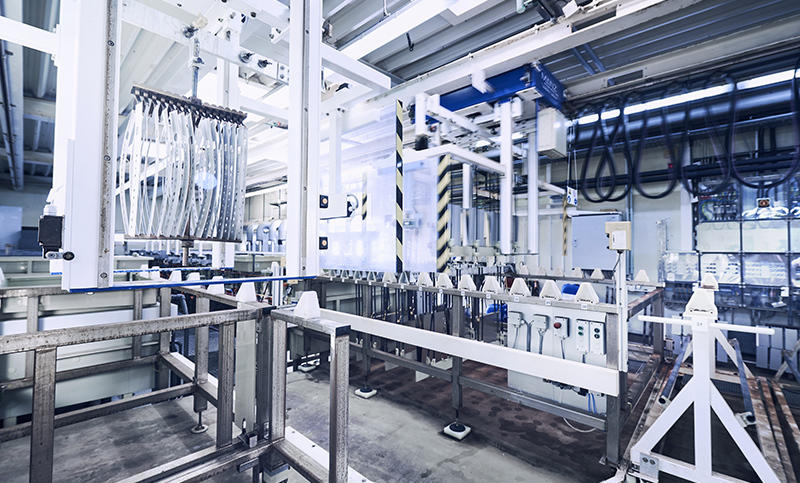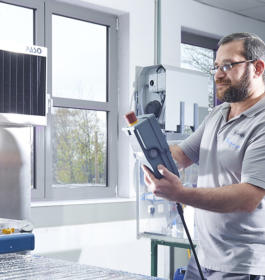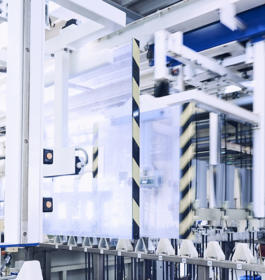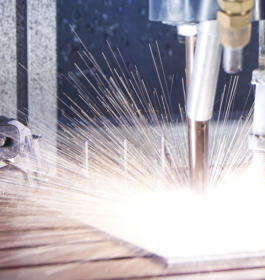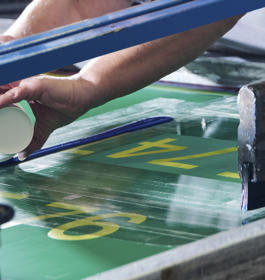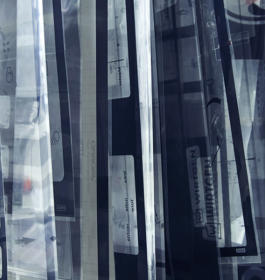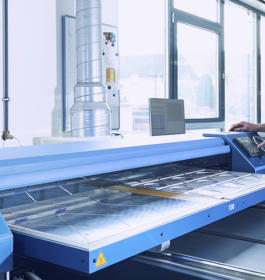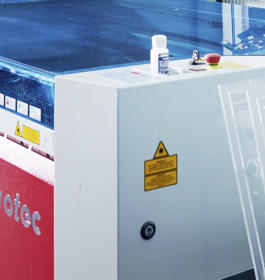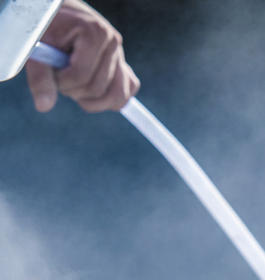Anodising
Our processes in detail
Aluminium in its raw state reacts in the air and forms an uncontrollable, often unwanted, unattractive oxide layer due to a reaction with oxygen or weather-related influences. You can read how to prevent this here.
Anodising, short for electrolytic oxidation of aluminium,
is a method of producing a protective layer in a controlled manner. This protective layer is achieved by anodic oxidation. This is not, as is often thought, a layer being applied. In fact, the uppermost aluminium layer of the part to be anodised is transformed and an oxide is formed. This thin oxide layer can be created from 12 to 25 µm (microns) depending on the customer's requirements. It protects its aluminium part from corrosion as long as there is no surface damage caused by scratches or similar.
The German DIN 17611 recommends the designations listed in the aluminium data sheet O 4 published by the Gesamtverband der Aluminiumindustrie e.V., Düsseldorf.
DIN 17611 ( as of 11/2007) in connection with Aluminium data sheet O4 Designation according to EURAS Standard
| EV1 | natural colour | C-0 | colourless |
| EV2 | nickel silver light | C-31 | light bronze |
| EV3 | gold | C-32 | bright bronze |
| EV4 | bronze medium | C-33 | medium bronze |
| EV5 | bronze dark | C-34 | dark bronze |
| EV6 | black | C-35 | black |

